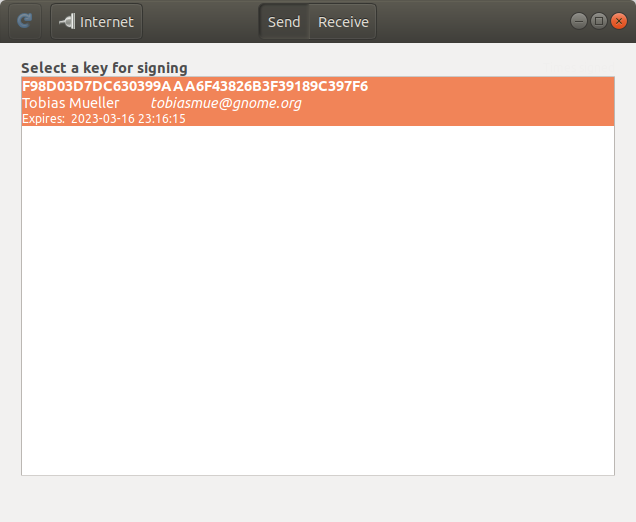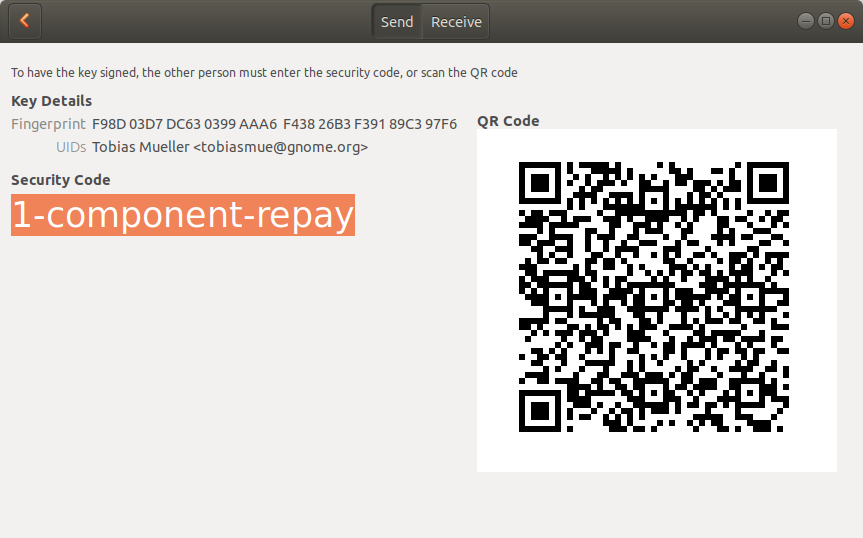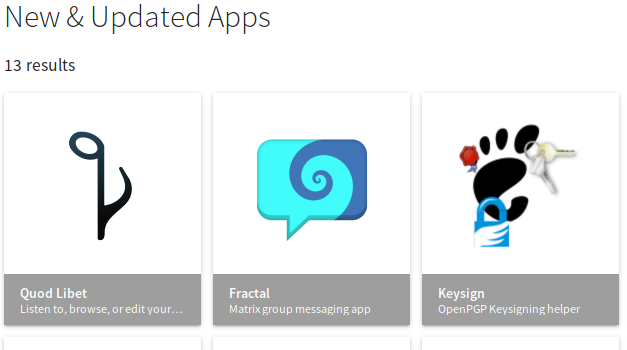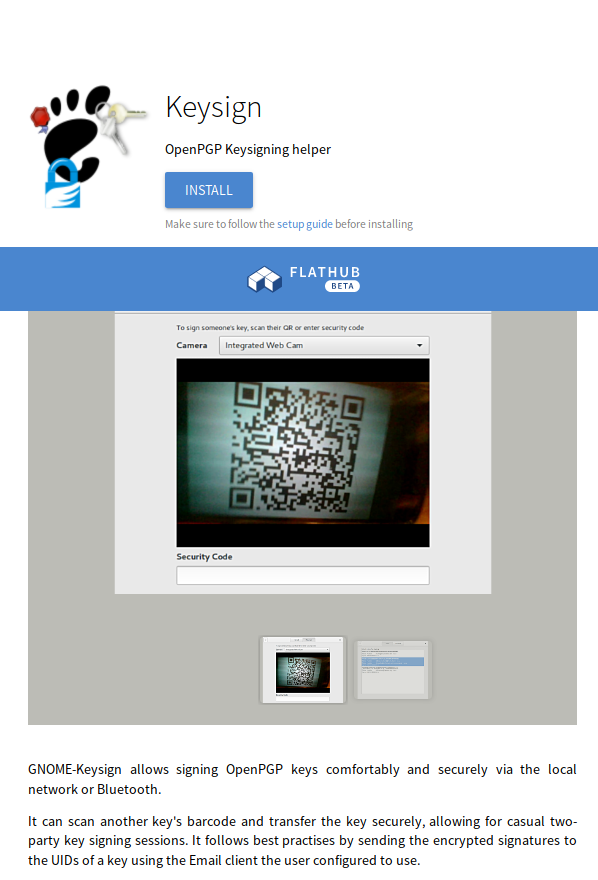As in the last few years, the DFN Workshop happened in Hamburg, Germany.
The conference was keynoted by Steven Le Blond who talked about targeted attacks, e.g. against dissidents. He mentioned that he already presented the content at the USENIX security conference which some people think is very excellent. He first showed how he used Skype to look up IP addresses of his boss and how similarly targeted attacks were executed in the past. Think Stuxnet. His main focus were attacks on NGOs though. He focussed on an attacker sending malicious emails to the victim.
In order to find out what attack vectors were used, they contacted over 100 NGOs to ask whether they were attacked. Two NGOs, which are affiliated with the Chinese WUC, which represents the Uyghur minority, received 1500 malicious emails, out of which 1100 were carrying malware. He showed examples of those emails and some of them were indeed very targeted. They contained a personalised message with enough context to look genuine. However, the mail also had a malicious DOC file attached. Interestingly enough though, the infrastructure used by the attacker for the targeted attacks was re-used for several victims. You could have expected the attacker to have their infrastructure separated for the various victims, especially when carrying out targeted attacks.
They also investigated how quickly the attacker exploited publicly known vulnerabilities. They measured the time of the malicious email sent minus the release date of the vulnerability. They found that some of the attacks were launched on day 0, meaning that as soon as a vulnerability was publicly disclosed, an NGO was attacked with a relevant exploit. Maybe interestingly, they did not find any 0-day exploits launched. They also measured how the security precautions taken by Adobe for their Acrobat Reader and Microsoft for their Office product (think sandboxing) affected the frequency of attacks. It turned out that it does help to make your software more secure!
To defend against targeted attacks based on spoofed emails he proposed to detect whether the writing style of an email corresponds to that of previously seen emails of the presumed contact. In fact, their research shows that they are able to tell whether the writing style matches that of previous emails with very high probability.
The following talk assessed end-to-end email solutions. It was interesting, because they created a taxonomy for 36 existing projects and assessed qualities such as their compatibility, the trust-model used, or the platform it runs on.
The 36 solutions they identified were (don’t hold your breath, wall of links coming): Neomailbox, Countermail, salusafe, Tutanota, Shazzlemail, Safe-Mail, Enlocked, Lockbin, virtru, APG, gpg4o, gpg4win, Enigmail, Jumble Mail, opaqueMail, Scramble.io, whiteout.io, Mailpile, Bitmail, Mailvelope, pEp, openKeychain, Shwyz, Lavaboom, ProtonMail, StartMail, PrivateSky, Lavabit, FreedomBox, Parley, Mega, Dark Mail, opencom, okTurtles, End-to-End, kinko.me, and LEAP (Bitmask).
Many of them could be discarded right away, because they were not production ready. The list could be further reduced by discarding solutions which do not use open standards such as OpenPGP, but rather proprietary message formats. After applying more filters, such as that the private key must not leave the realm of the user, the list could be condensed to seven projects. Those were: APG, Enigmail, gpg4o, Mailvelope, pEp, Scramble.io, and whiteout.io.
Interestingly, the latter two were not compatible with the rest. The speakers attributed that to the use of GPG/MIME vs. GPG/Inline and they favoured the latter. I don’t think it’s a good idea though. The authors attest pEp a lot of potential and they seem to have indeed interesting ideas. For example, they offer to sign another person’s key by reading “safe words” over a secure channel. While this is not a silver bullet to the keysigning problem, it appears to be much easier to use.
As we are on keysigning. I have placed an article in the conference proceedings. It’s about GNOME Keysign. The paper’s title is “Welcome to the 2000s: Enabling casual two-party key signing” which I think reflects in what era the current OpenPGP infrastructure is stuck. The mindsets of the people involved are still a bit left in the old days where dealing with computation machines was a thing for those with long and white beards. The target group of users for secure communication protocols has inevitably grown much larger than it used to be. While this sounds trivial, the interface to GnuPG has not significantly changed since. It also still makes it hard for others to build higher level tools by making bad default decisions, demanding to be in control of “trust” decisions, and by requiring certain environmental conditions (i.e. the filesystem to be used). GnuPG is not a mere library. It seems it understands itself as a complete crypto suite. Anyway, in the paper, I explained how I think contemporary keysigning protocols work, why it’s not a good thing, and how to make it better.
I propose to further decentralise OpenPGP by enabling people to have very small keysigning “parties”. Currently, the setup cost of a keysigning party is very high. This is, amongst other things, due to the fact that an organiser is required to collect all the keys, to compile a list of participant, and to make the keys available for download. Then, depending on the size of the event, the participants queue up for several hours. And to then tick checkboxes on pieces of paper. A gigantic secops fail. The smarter people sign every box they tick so that an attacker cannot “inject” a maliciously ticked box onto the paper sheet. That’s not fun. The not so smart people don’t even bring their sheets of paper or have them printed by a random person who happens to also be at the conference and, surprise, has access to a printer. What a gigantic attack surface. I think this is bad. Let’s try to reduce that surface by reducing the size of the events.
In order to enable people to have very small events, i.e. two people keysigning, I propose to make most of the actions of a keysigning protocol automatic. So instead of requiring the user to manually compare the fingerprint, I propose that we securely transfer the key to be signed. You might rightfully ask, how to do that. My answer is that we’ve passed the 2000s and that we bring devices which are capable of opening a TCP connection on a link local network, e.g. WiFi. I know, this is not necessarily a given, but let’s just assume for the sake of simplicity that one of our device we carry along can actually do WiFi (and that the network does not block connections between machines). This also prevents certain attacks that users of current Best Practises are still vulnerable against, namely using short key ids or leaking who you are communicating with.
Another step that needs to be automated is signing the key. It sounds easy, right? But it’s not just a mere gpg --sign-key. The first problem is, that you don’t want the key to be signed to pollute your keyring. That can be fixed by using --homedir or the GNUPGHOME environment variable. But then you also want to sign each UID on the key separately. And this is were things get a bit more interesting. Anyway, to make a long story short: We’re not able to do that with plain GnuPG (as of now) in a sane manner. And I think it’s a shame.
Lastly, sending the key needs to be as “zero-click” as possible, too. I propose to simply reuse the current MUA of the user. That sounds easy, but unfortunately, it’s only 2015 and we cannot interact with, say, Evolution and Thunderbird in a standardised manner. There is xdg-email, but it has annoying bugs and doesn’t seem to be maintained. I’m waiting for a sane Email-API. I mean, Email has been around for some time now, let’s now try to actually use it. I hope to be able to make another more formal announcement on GNOME Keysign, soon.
the userbase for strong cryptography declines by half with every additional keystroke or mouseclick required to make it work
— attributed to Ellison.
Anyway, the event was good, I am happy to have attended. I hope to be able to make it there next year again.










